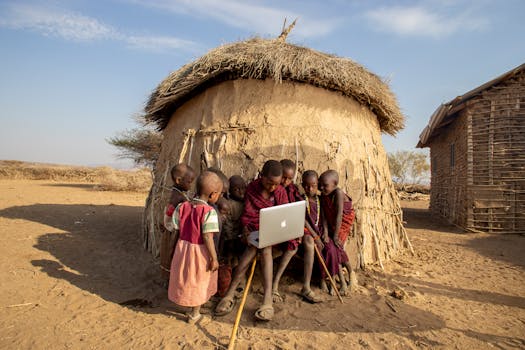
Empowering Communities: The Impact of Fiber Companies on Rural Connectivity in Africa
Empowering Communities: The Impact of Fiber Companies on Rural Connectivity in Africa is a crucial topic in today’s digital age. The lack of reliable internet connectivity in rural areas has been a longstanding issue, hindering economic growth, education, and healthcare. However, with the advent of fiber companies, the landscape of rural connectivity in Africa is changing rapidly. In this article, we will delve into the world of fiber companies and their impact on rural connectivity in Africa, exploring the challenges, opportunities, and successes of this endeavor.
Introduction to Fiber Companies and Rural Connectivity
Fiber companies have been at the forefront of bridging the digital divide in Africa, providing high-speed internet connectivity to rural areas. These companies have invested heavily in laying fiber optic cables, establishing internet exchange points, and developing last-mile connectivity solutions. The goal is to provide fast, reliable, and affordable internet access to underserved communities, empowering them to participate in the global digital economy. Fiber companies such as Liquid Telecom, MTN, and Vodacom have been instrumental in driving rural connectivity initiatives in Africa.
The Impact of Fiber Companies on Rural Connectivity
The impact of fiber companies on rural connectivity in Africa has been significant. With the deployment of fiber optic cables, rural communities can now access high-speed internet, enabling them to communicate with the rest of the world, access online educational resources, and participate in e-commerce. This has opened up new economic opportunities, created jobs, and improved the overall quality of life. Furthermore, fiber companies have also enabled the deployment of critical services such as telemedicine, online banking, and e-government, which have transformed the way people live, work, and interact with each other.
Challenges and Opportunities
Despite the progress made, there are still significant challenges to overcome. The cost of deploying fiber optic cables in rural areas is high, and the return on investment can be low. Additionally, the lack of electricity and basic infrastructure in some areas can make it difficult to establish and maintain connectivity. However, these challenges also present opportunities for innovation and investment. For example, the use of alternative energy sources such as solar and wind power can help reduce the cost of deployment and maintenance. Moreover, public-private partnerships can help leverage funding and expertise to drive rural connectivity initiatives.
Conclusion
In conclusion, the impact of fiber companies on rural connectivity in Africa has been transformative. By providing high-speed internet access to underserved communities, fiber companies have empowered them to participate in the global digital economy. While there are still challenges to overcome, the opportunities for innovation and investment are significant. As the demand for digital connectivity continues to grow, it is essential that fiber companies, governments, and other stakeholders work together to drive rural connectivity initiatives and bridge the digital divide in Africa.



